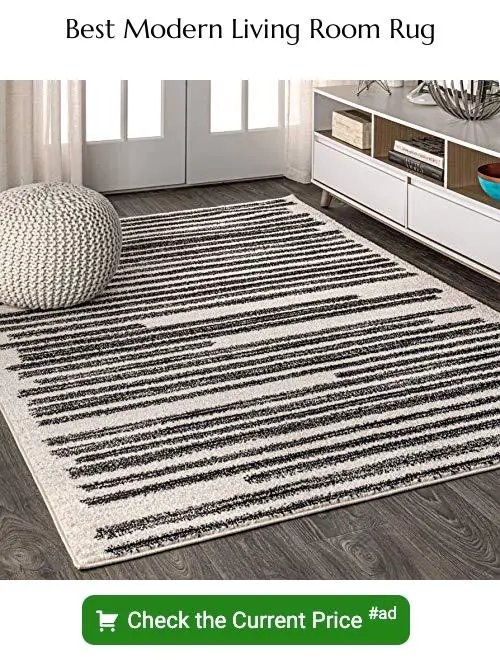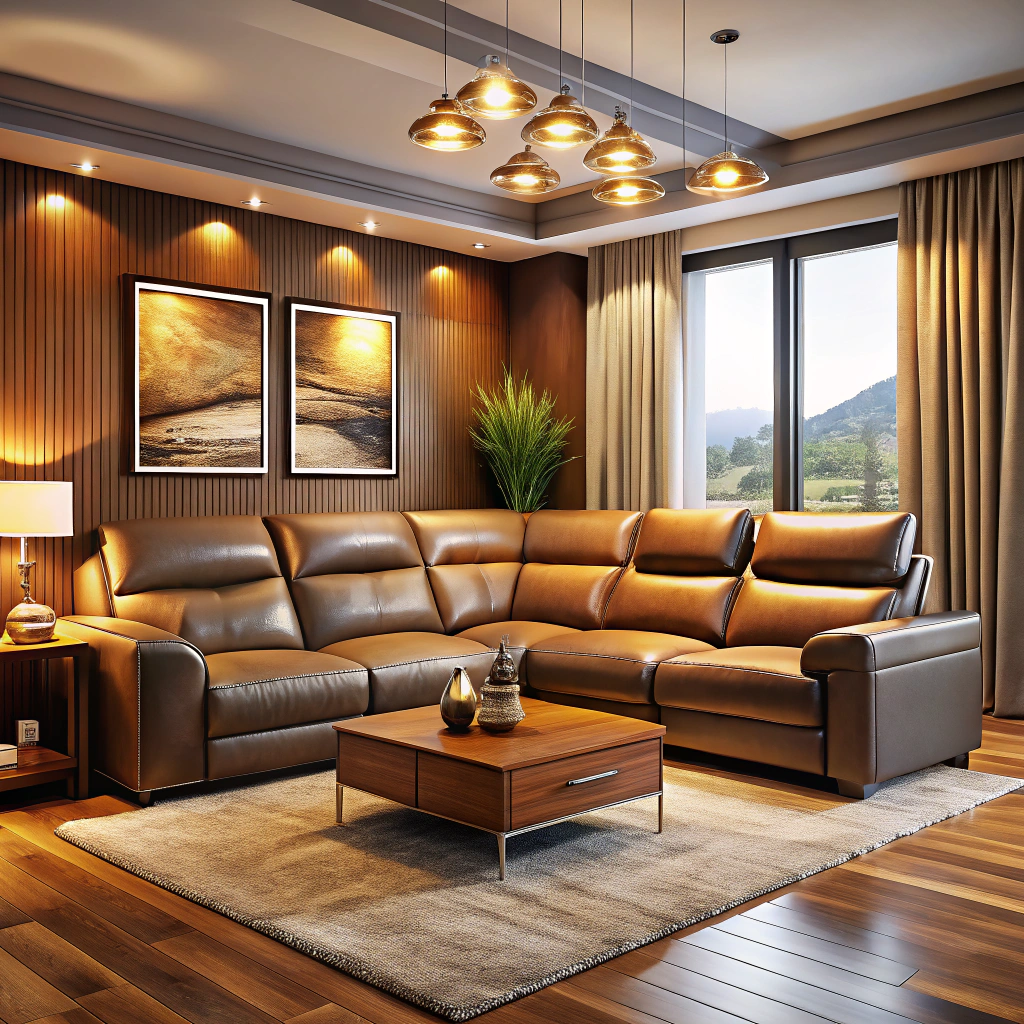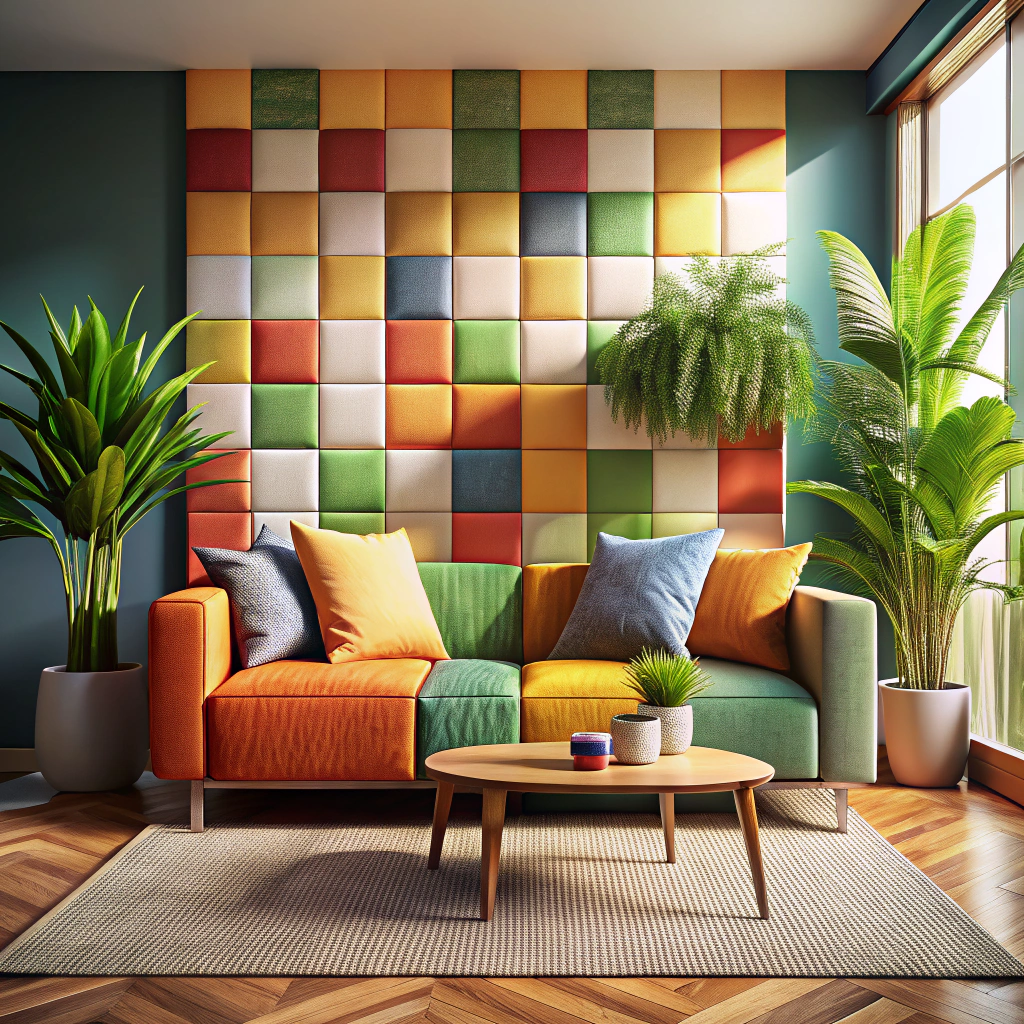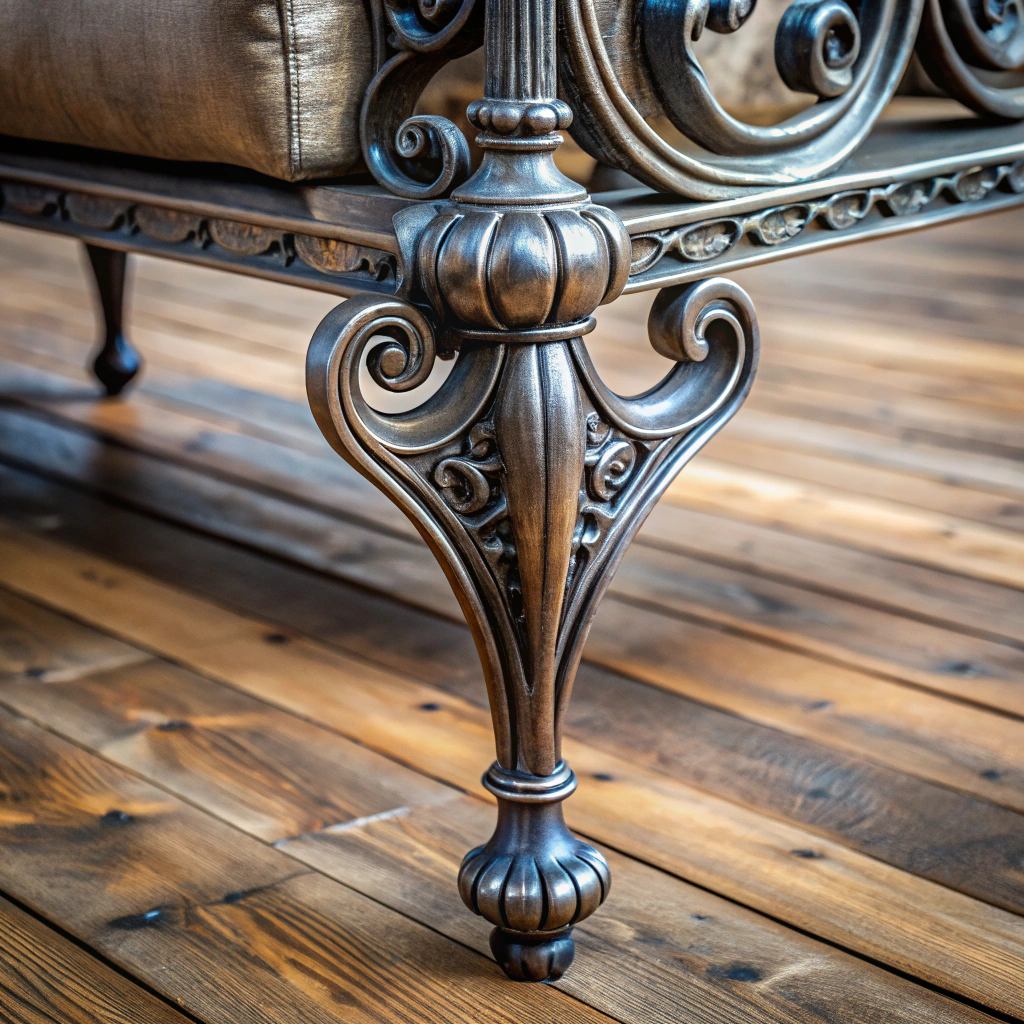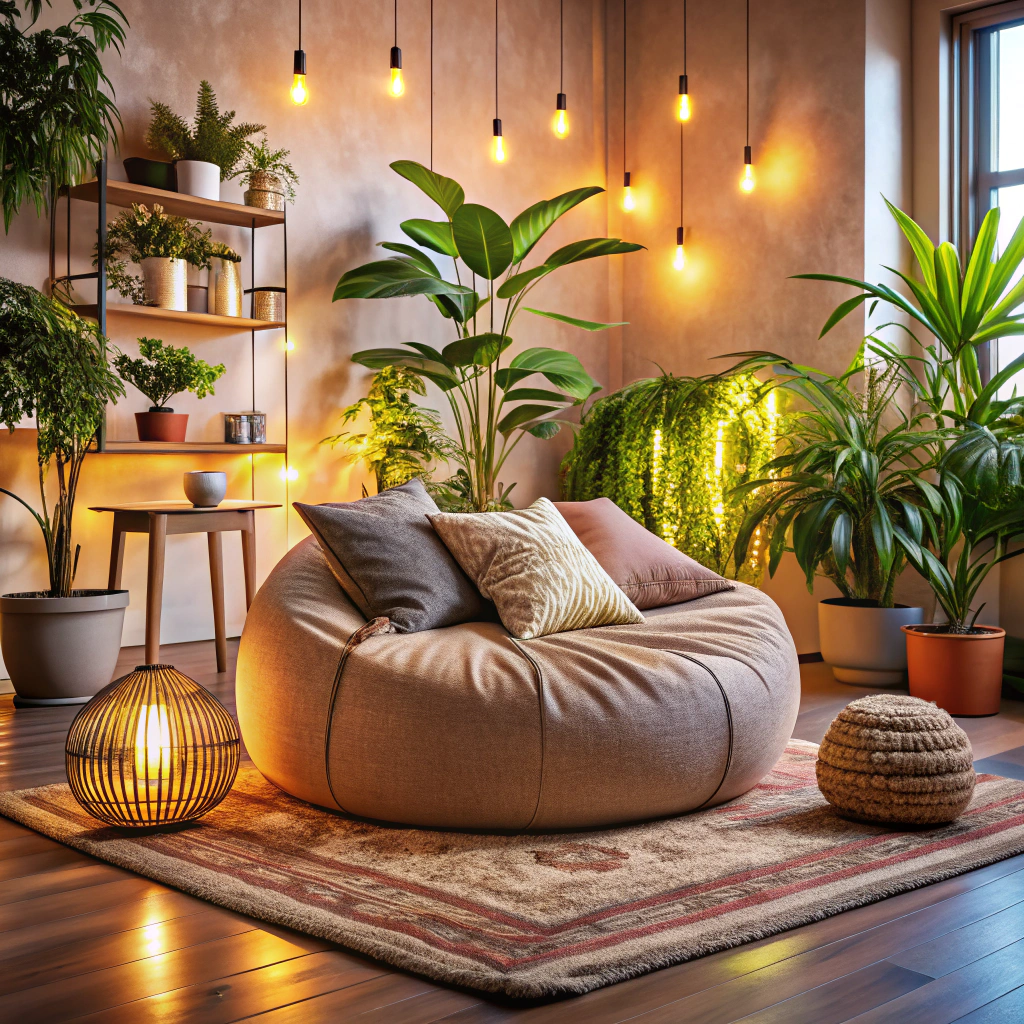Last updated on
Discover how to strategically place your living room rug to enhance the aesthetic and function of your space.
Key takeaways:
- Large rectangular rugs for standard living rooms.
- Furniture legs should sit on the rug for stability.
- Always opt for a larger size rug for a cohesive look.
- Extend rugs under furniture for a unified appearance.
- Cover high-traffic areas to protect flooring and create a comfortable path.
Table of Contents
LIVING ROOM RUG SIZES & SHAPES
Selecting the appropriate size and shape for a living room rug is essential for creating a balanced and harmonious space. Here are some key points to consider:
- Large rectangular rugs generally suit standard living rooms, offering extensive coverage and a traditional aesthetic.
- Round rugs can add dynamics by contrasting with the angular nature of furniture, suitable for emphasizing a particular area like under a coffee table.
- For small living rooms, a 5’ x 8’ rug might suffice, but in larger spaces, a 9’ x 12’ or even bigger can anchor the furniture arrangement and define the room.
- Square rugs work well in square rooms or under square tables, aligning with the room’s proportions and maintaining symmetry.
Choose a rug shape that complements your furniture layout and the room’s architecture to achieve a cohesive look.
Furniture Legs Should Sit On the Rug
Ensuring that all furniture legs rest on your living room rug creates a cohesive look, anchoring the space and defining the area. It’s a visually pleasing arrangement that adds to the comfort and aesthetic of the room.
Here’s why this is a good idea:
- Stability: With all legs on the rug, chairs and sofas are less likely to wobble.
- Unified Space: A rug under all furniture pieces ties the room together, avoiding a disjointed appearance.
- Rug Protection: Evenly distributed furniture helps prevent the edges of the rug from curling up, minimizing wear.
With these factors considered, your rug not only enhances the decor but also contributes to the functionality of your living space.
Always Opt for a Larger Size
Choosing a generously sized rug anchors your living space by defining the area and creating a sense of expansiveness. A large rug ensures that all key pieces of furniture fit comfortably atop it, which contributes to a more cohesive and intentional design. It can also enhance the feeling of luxury within the room.
Consider these points:
- A small rug can make the room feel disjointed and cramped. By selecting a size that extends beyond the furniture, you create a more unified space that appears larger.
- For balance, leave an even and ample border of flooring visible around the edges of the room. This border helps frame the rug, ensuring it looks purposefully placed rather than haphazard.
- In traditional designs, aim to have at least the front legs of all seating pieces on the rug. In a more modern aesthetic, centering the rug under the furniture creates a sleek look.
- Think about the room’s traffic flow. A larger rug offers a clear path while protecting the underlying floor from wear and tear.
Remember, while larger rugs can be more of an investment, they pay off by grounding your space and elevating the overall look.
Do Extend Rugs Under Furniture
Extending an area rug underneath furniture helps to unify a room, anchoring various pieces together and creating a cohesive look. Here are key points to consider:
- In living rooms, the rug should extend at least six inches beyond the furniture, ensuring a balanced appearance.
- For sofas, at minimum, the front legs should rest on the rug to connect the sofa to the rest of the arrangement.
- Chairs and side tables also benefit from sitting on the rug, which prevents them from appearing as if they are “floating” in the space.
- Larger rugs that fit all furniture can define conversation areas and make the room feel more luxurious and spacious.
- Remember: the goal is to enhance flow and make the room feel grounded, not cramped, so choose a size that allows for this effect without overwhelming the room.
Do Cover High-Traffic Areas
Ensuring high-traffic areas in your living room are covered by the rug helps minimize wear on the flooring beneath. Not only does this protect your floors from scratches and scuffs, but it also provides a comfortable and safe pathway for everyday movement.
Here are some points to consider:
- Measure the pathways between furniture to guarantee the rug extends across these spaces, offering a soft tread wherever you or guests may walk.
- Consider the flow of traffic; arrange the rug so it leads naturally through the seating area, guiding movement within the space.
- Opt for durable materials in these zones, such as wool or synthetics, which can handle the extra foot traffic without showing too much wear.
- If your space allows, try to include at least 24 inches of rug past the edge of your furniture to ensure a continuous walkway.
- In rooms with multiple seating areas, use more than one rug to define each space while still providing ample coverage for foot traffic between them.
